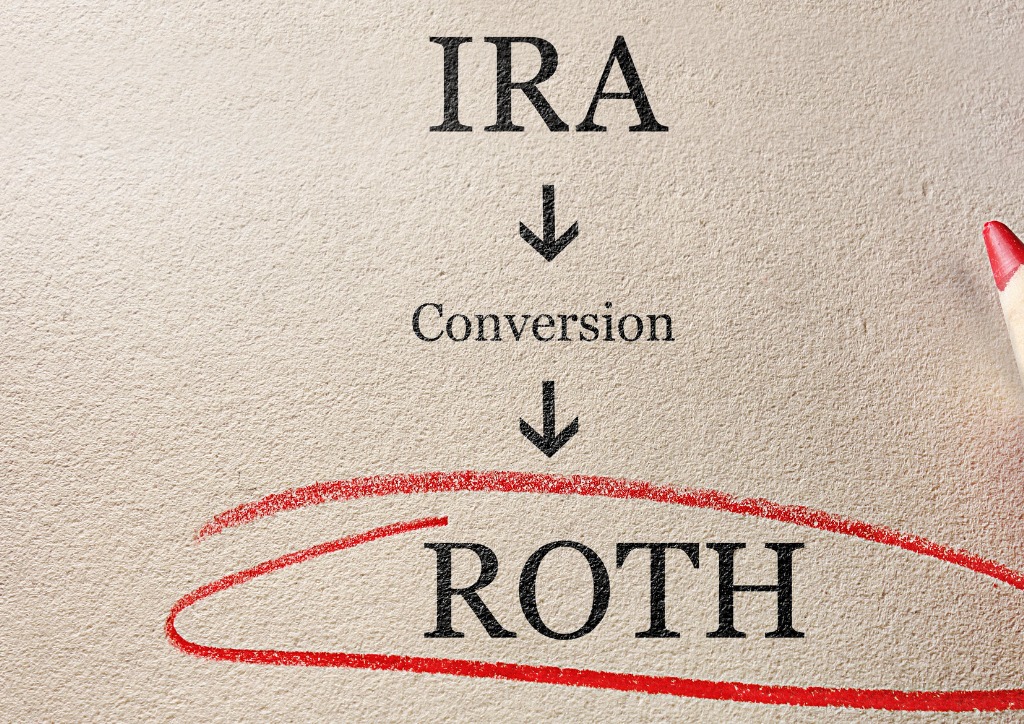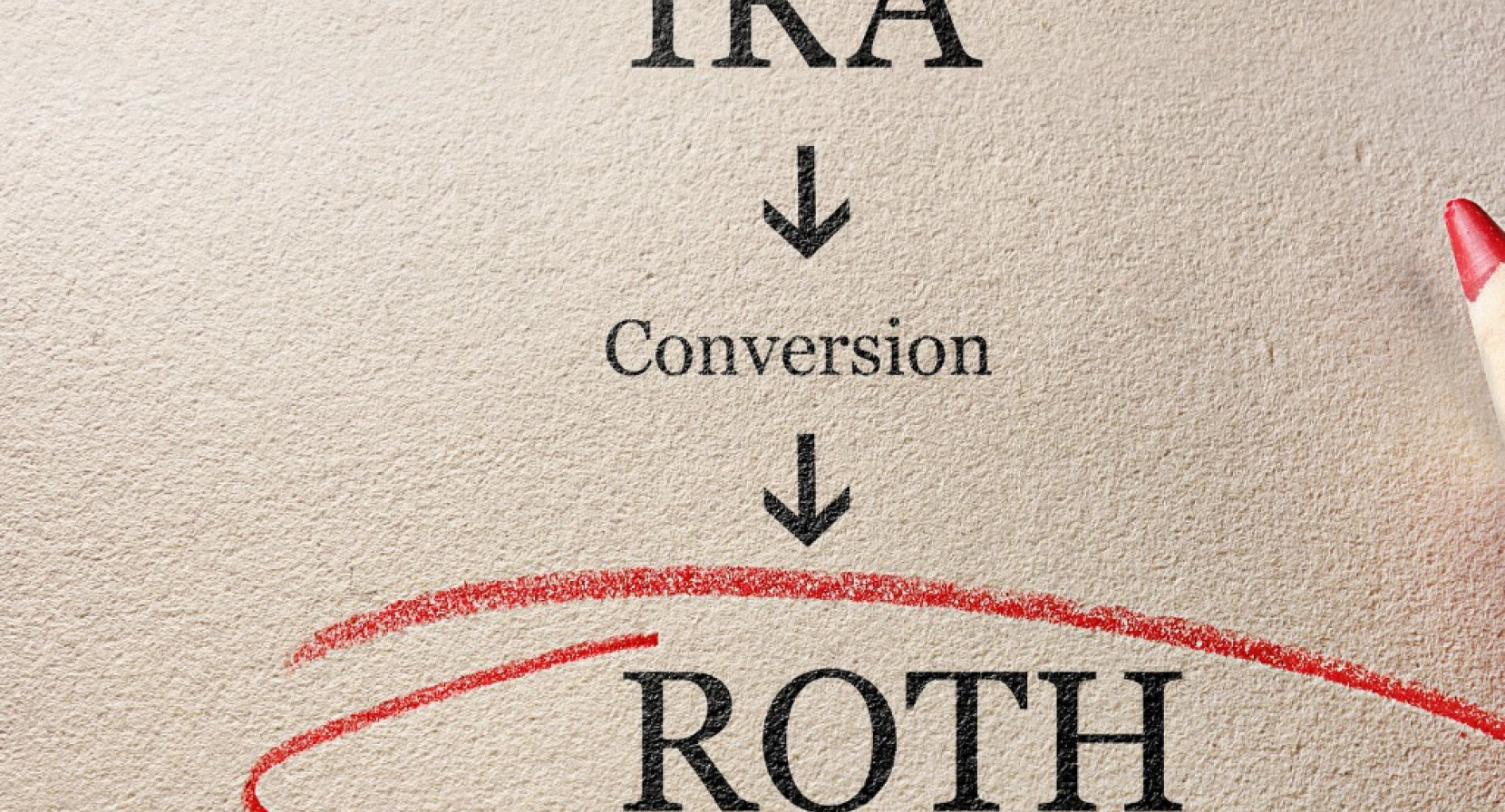Moving retirement money from a Traditional IRA, 401(k), 403(b), or other tax-deferred account to a Roth IRA is a bit like refinancing a home mortgage: you get long-term benefits, but only if you’re willing to bear short-term costs.
The long-term upside includes tax-free income in retirement and more time for your investments to grow (Roths, unlike Traditional accounts, don’t have required distributions starting at age 70). The short-term downside? A sizeable tax bill from the IRS.
Fortunately, the tax bite isn’t as bad as it once was. The tax law that took effect in January re-worked the federal tax brackets and lowered rates, thus reducing the tax bill on Roth conversions. Last year a married couple filing jointly who together earned $95,000 were in the 25% federal tax bracket. Now they’re in the 22% bracket.
Here’s an example, in dollar terms, of the difference that makes. In 2017, converting $30,000 from a Traditional IRA to a Roth would have cost the couple $7,500 in taxes. This year, they’ll pay $6,600, or $900 less. (Depending on your state of residence, state taxes may apply.)
The lower income-tax rates aren’t permanent, however. The rates are scheduled to expire at the end of 2025, and they could be raised even sooner if Republicans — who enacted the current law — lose control of Congress and the White House in 2020. That means the next two or three years are an optimal time to make Roth conversions.
End of preview. Please subscribe to read more.
Already a subscriber? Log in here.
Continue reading plus get access to our
objective, time-tested investing strategies.
Get access to Sound Mind Investing’s articles and investing
strategies RISK FREE for 60 days
Not Quite Ready to Become a Member? No Problem, We Still Have Something for You!
Watch our FREE 20-minute video workshop
and learn how to secure profits and achieve
peace of mind, even amidst market volatility.
What You'll Learn:
Start securing your future today.
This free workshop is the perfect place to start.









